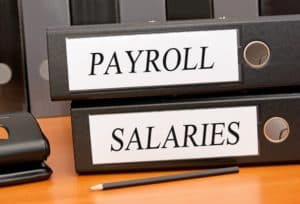There are currently two types of National Insurance contributions (NICs) payable by most self-employed people. These are known as Class 2 NICs and Class 4 NICs.
Class 2 NICs are paid by all self-employed taxpayers unless they qualify for the small earnings exception or other exemptions which remove the necessity to pay NICs. Class 2 NICs are payable at a flat weekly rate of £2.95 for the current 2018-19 tax year. Class 2 NICs count towards payments such as the basic State Pension, the employment and support allowance, maternity allowance and bereavement benefits.
In addition, most self-employed people are required to pay Class 4 NICs. The self-employed are required to pay Class 4 NICs (as well as to Class 2 NICs) if their profits are £8,424 or more a year. Class 4 NIC rates for the tax year 2018-19 are 9% for chargeable profits between £8,424 and £46,350 plus 2% on any profits over £46,350.
The Class 4 NIC rate is substantially lower than the corresponding rate for employees who pay National Insurance at 12% on the same income levels. Both the employed and self-employed pay 2% National Insurance contributions on income above the higher rate threshold.
In the Spring Budget 2017, an increase in the Class 4 NIC rate was announced by the Chancellor of the Exchequer, Philip Hammond. After political pressure from both sides of the house the increase was cancelled as the Chancellor agreed that the increase would break a key election manifesto commitment not to increase certain taxes. However, with the abolition of Class 2 NICs from April 2019 it would not be surprising if further changes are announced to Class 4 NICs in the not so distant future.







